
Bird pests are organisms that usually live around areas where birds gather or nest. These places can vary depending on the type of pest and the habits of the birds involved, but some common places where bird pests can be encountered include:
Bird Nests: Bird pests are often found in or around bird nests. They can hide in the gaps or inside the nest material, using food sources and hiding places provided by the nest itself.
Food Sites: Places where birds get food are also common places for bird pests. For example, areas under bird feeders, trash dumps, or locations where seeds or other bird food is often thrown away.
Bird Living Environment: Bird pests can also be found in the environment where birds live, such as parks, trees, or forest areas. They can use these places as shelter or to find food.
Building Structures: In urban environments, bird pests are often found on or around buildings, such as roofs, vents, or holes in walls. They may use these structures as hiding or nesting places.
Water Areas: Certain bird pests, such as mosquitoes or flies, often congregate around places that have water, such as ponds, puddles, or birdbaths. They use this water source as a place to lay eggs and reproduce.
Bird Gathering Places: Places where birds gather in large numbers, such as city parks or beaches, can also be places that are busy with pest birds. The presence of abundant food sources and crowds of birds make these places ideal places for bird pests to breed.
Prevention of bird pests can involve several strategies aimed at reducing the attractiveness of places that are habitats or food sources for bird pests. Here are some preventive measures that can be taken:
Food Site Management: Managing places where birds get food can help reduce the number of bird pests. This can be done by regularly cleaning up food debris, avoiding the buildup of unused grain or bird food, or using a specially designed bird feeder to reduce food waste and spills.
Physical Barriers: Using physical barriers such as netting or fences that are specifically designed to block pest bird access to certain areas. Netting can be installed over plants or structures to prevent birds from eating crops or building nests.
Bird Repellents: Bird repellents that use sound or movement can disturb or drive birds from certain areas. This can be a sound device that produces bird predator sounds, or a repellent that moves automatically to scare away birds.
Nest and Nesting Site Management: Removing or managing bird nests can help control bird pest populations. This can be done by cleaning nests regularly, closing holes or gaps in buildings that could be used as nesting sites, or using traps to catch bird eggs.
Use of Repellants or Chemicals: Certain repellants or chemicals can be used to repel or repel birds from certain areas. However, the use of chemicals must be done with caution and in accordance with established guidelines to ensure safety for humans and the environment.
Environmental Control: Controlling the environment around residential or agricultural areas, such as managing trash, avoiding the buildup of water that could be used as a nesting site, or reducing hiding places for pest birds, can also help reduce their populations.
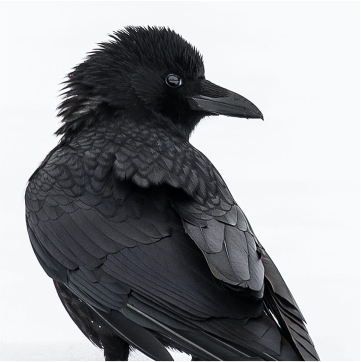
Burung Gagak
Corvus spp.
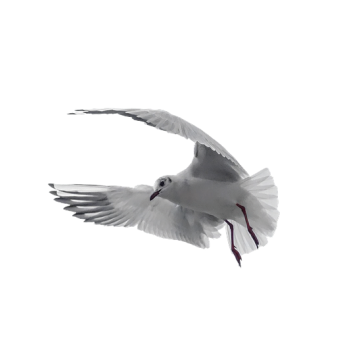
Burung Merpati
Columba Livia
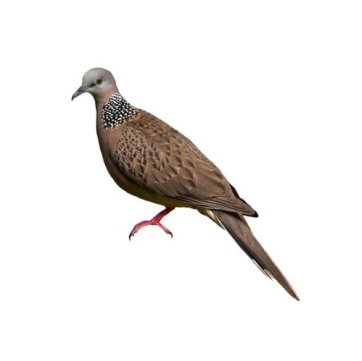
Burung Tekukur
Geopelia striata
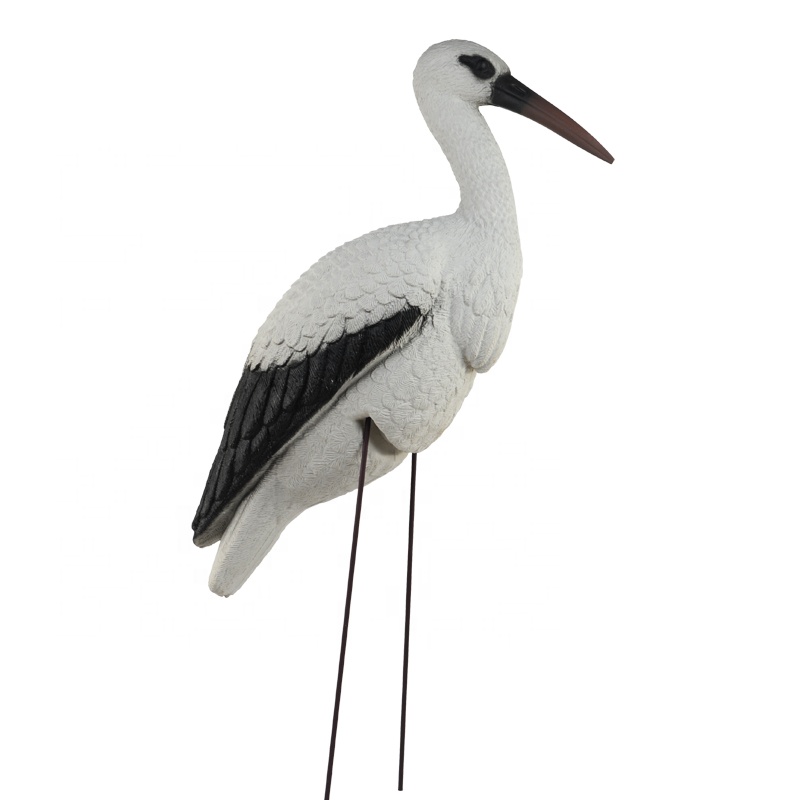
Burung Kuntul
Ardeidae spp.
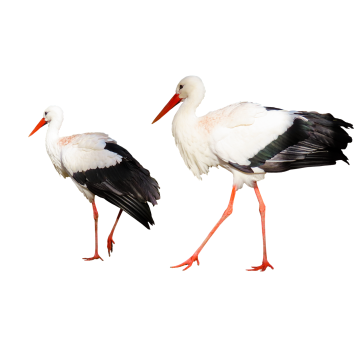
Burung Bangau
Ciconiidae spp.
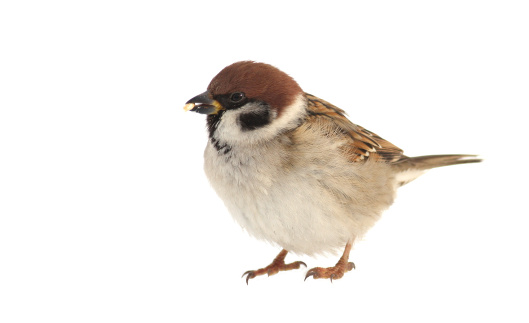
Burung Pipit
Anthus spp.